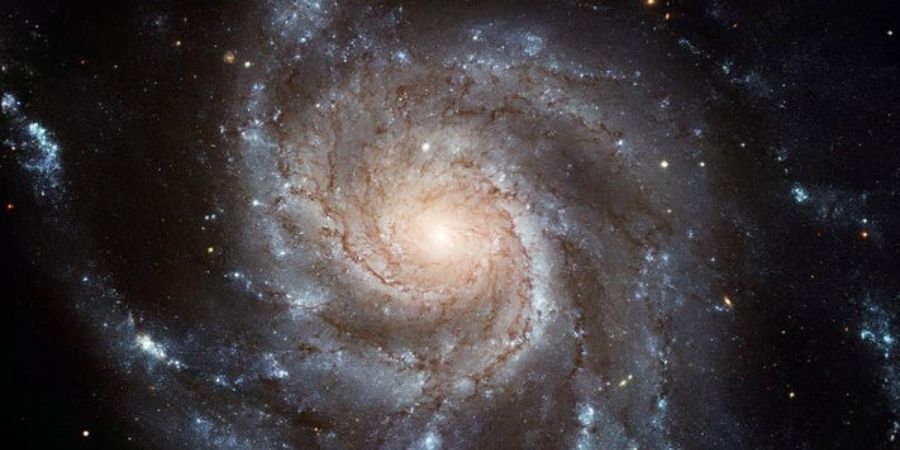

Researchers have supercharged one of Earth's most remarkable telescopes with new innovation that will uncover how our system shaped in extraordinary detail.
William Herschel Telescope (WHT) in La Palma, Spain will actually want to study 1,000 stars each hour until it has classified a sum of 5,000,000.
A super-quick planning gadget connected up to WHT will investigate the make-up of each star and the speed at which it ventures.
It will show how our Milky Way universe was developed north of billions of years.
Prof Gavin Dalton of Oxford University has gone through over 10 years fostering the instrument, known as 'Weave'.
He let me know that he was "past invigorated" that it is all set.
"It's a phenomenal accomplishment from a many individuals to get this going and it's perfect to make them work," he said. "The subsequent stage is the new experience, it's splendid!"

which sits high on a mountain ridge on the Spanish Canary Island of La Palma. The name represents WHT Enhanced Area Velocity Explorer - and that is precisely exact thing it does.
It has 80,000 separate parts and is a wonder of designing.
For each fix of sky the WHT is pointed at, cosmologists distinguish the places of 1,000 stars. Weave's deft mechanical fingers then cautiously place a fiber-optic - a light-sending tube - definitively on every area on a plate, pointing towards its comparing star.
These filaments are active little telescopes. Every one catches light from a solitary star and channels it to another instrument. This then parts it into a rainbow range, which contains the privileged insights of the star's starting point and history.
This is finished in only 60 minutes. While this is going on, fiber optics for the following thousand stars are situated on the opposite side of the plate, which flips over to investigate the following arrangement of targets once the past review has been finished
Our system is a thick twisting whirl of up to 400 billion stars. Be that as it may, it began as a generally little assortment of stars.
It developed from progressive consolidations with other little cosmic systems north of billions of years. As well as the expansion of stars from the new universes joining our own, every consolidation makes some waves to the point of prompting shiny new star arrangement.
Weave can work out the speed, bearing, age and structure of each star it notices, basically making a film of stars moving in the Milky Way. As per Prof Dalton, by extrapolating in reverse, it will be feasible to reproduce the whole arrangement of the Milky Way exhaustively never seen.
"We'll have the option to follow the systems that have been consumed as the Milky Way has been developed throughout enormous time - and perceive how every ingestion sets off new star arrangement,"


